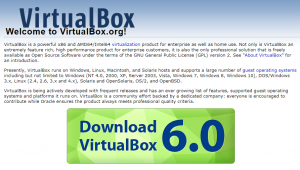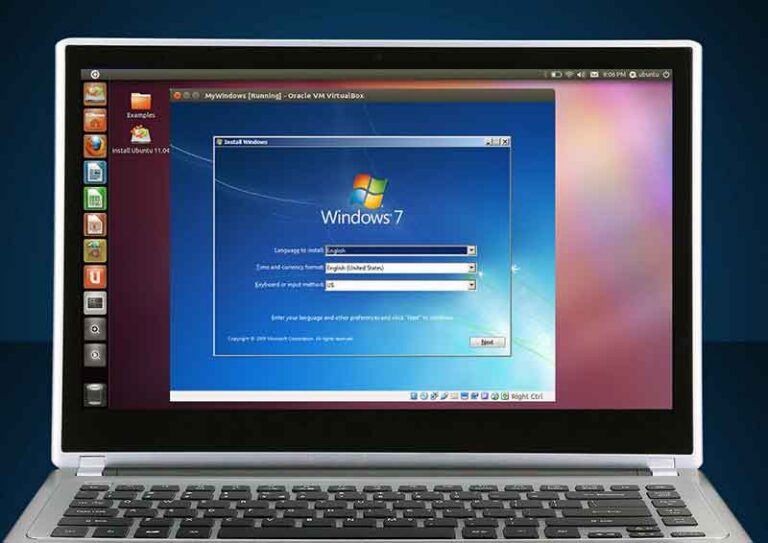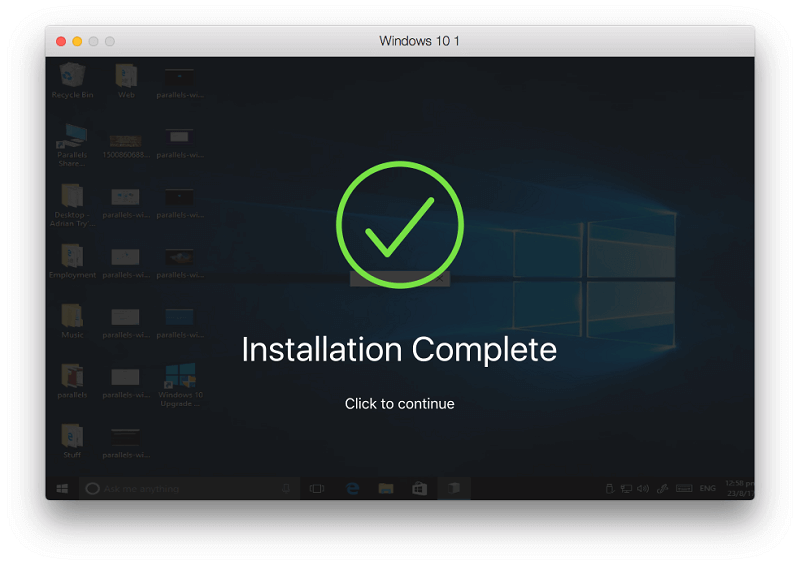
 Server virtualization is the masking of server resources, including the number and identity of individual physical servers, processors and operating systemsfrom server users. Storage virtualization is very important for disaster recovery. Virtual storage can be replicated and transferred to another location.
Server virtualization is the masking of server resources, including the number and identity of individual physical servers, processors and operating systemsfrom server users. Storage virtualization is very important for disaster recovery. Virtual storage can be replicated and transferred to another location. 
Storage Virtualization- Storage virtualization is the process of store data in virtual store.This dividing bandwidth can be provides to servers and devices. Network virtualization is the process of dividing bandwidth into multiple, independent channels. Network Virtualization-Network virtualization is for networks, its combines all physical networking equipment as well as software network resources and network functionality into a single resource.Desktop Virtualization- The main advantages of desktop virtualization is that user do not need to bring their work computer everywhere, they can work and access all their personal files, application and documents from anywhere.This way, the application can run in an encapsulated form without being depended upon on by the operating system underneath. This virtual application delivered from a server to the end user’s device. Application Virtualization- Application virtualization is the process for get virtual applications.


However, the popularity of the method has helped it expand and grow. Initially, virtualization was meant largely for server virtualization.
Processor and memory allocation to virtual machines. For this reason, it becomes extremely important to have visibility into the virtualization environment to understand the overall performance and health of the system. The number of virtual machines running in the data center can reach hundreds and thousands. Virtualization has two dimensions: interaction between a virtualized operating system and the underlying hardware and interaction between a virtual host and physical host. Essentially, virtualization software can convert a single computer into multiple ones. Virtualization is the process of creating a virtual instance of a technology resource like storage, memory, or an operating system instead of using the actual resource. Of course, it’s the right virtual machine that will make all the difference. Why is running different operating systems critical? Because you can run a multitude of apps without having to worry about system requirements. The most critical function of a virtual machine is that they allow users to run multiple operating systems. They’re especially essential for businesses running cloud applications as well as home users. Virtual machines have become an important part of computing. Virtual machines (VM) come in all shapes and sizes and luckily many of them are free and open-source.Ī VM could come in the form of virtual desktop infrastructure or application runtime to a fully functional server or backup software system.








 0 kommentar(er)
0 kommentar(er)
